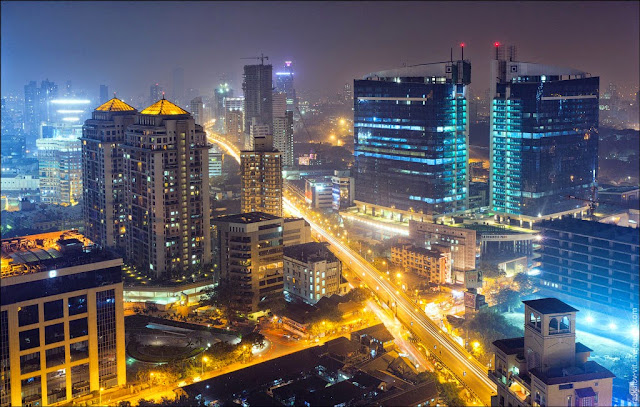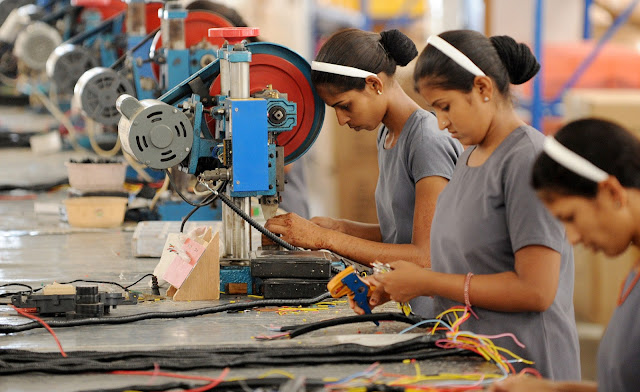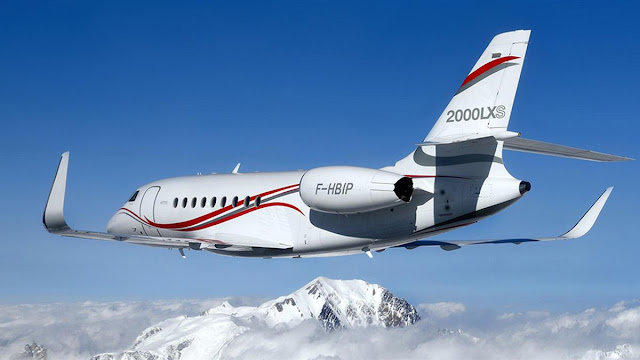 |
| Coal Production and Transportation in India |
Energy is considered as a key input for the economic development of the country. India is poised to play a significant role in global energy space as it is likely to account for 25% of global energy demand by 2040. India needs around 2900 cr litres of petrol and 9000 cr litres of diesel per year currently, the 6th highest consumer in the world and will double consumption and become 3rd largest consumer by 2030. Our import bill on account of crude stands at almost 6 lac crores.
Hydrocarbon Fuels have also adversely affected the environment with Green House Gas Emissions (GHG). India is the third highest energy-related carbon dioxide emitter country in the world. Almost 30%pollution in cities like Delhi is from automobiles and the growing number of automobiles on the road will further worsen the pollution. It must be noted that the recent situation is alarming and time has come for the Govt to present a comprehensive roadmap to reduce the urban pollution in this country and stop pollution-related deaths completely. We need to have our own “Indian Fuel of global relevance”. Biofuels are pollution-free, indigenous, import substitute and cost-effective solution.
Methanol is a clean burning drop in fuel which can replace both petrol & diesel in transportation & LPG, Wood, Kerosene in cooking fuel. It can also replace diesel in Railways, Marine Sector, Gensets, Power Generation and Methanol based reformers could be the ideal compliment to Hybrid and Electric Mobility. Methanol burns efficiently and gives almost no emissions.
Methanol Economy – India’s road ahead
The government with the recommendations from NITI Aayog has given the go-ahead to add 15% Methanol in Petrol. This is a tried and tested used in countries like USA. Imported refined petrol costs about Rs. 80 while locally produced methanol can be acquired at less than Rs 20 for a litre. Industry experts feel that with this move, the cost of blended petrol would be decreased by 10%. With the revenue fall in tax income, the government could effectively increase duties and pass some benefit to the consumers by lowering costs periodically. NITI Aayog report suggests that methanol blended petrol would lower pollution by 33%.
Globally, the installed capacity of methanol is 120 million ton. Currently, Methanol accounts for almost 9% of transport fuel in China. They have converted millions of vehicles running on Methanol. China alone produces 65% of world Methanol and it uses its coal to produce Methanol. Israel, Italy have adopted the Methanol 15% blending program with Petrol and fast moving towards M85 & M100, Japan, Korea have extensive Methanol & DME usage and Australia has adopted GEM fuels (Gasoline, Ethanol & Methanol) and blends almost 56% Methanol.
Methanol and DME will play an important role in order to contain the rising imports and improve the energy security of India. India has an installed Methanol Production capacity of 2 MT per annum. As per the plan prepared by NITI Aayog, using Indian High Ash coal, Stranded gas, and Biomass can produce 20MT of methanol annually by 2025. India, with 125 Billion Tonnes of proven Coal reserves and 500 million tones of Biomass generated every year & the huge quantities of Stranded & Flared gases have a huge potential for ensuring energy security based on alternate feedstock and fuels.
NITI Aaayog has drawn out a roadmap to substitute 10% of Crude imports by 2030, by Methanol alone. This requires approximately 30MT of Methanol. Methanol & DME are substantially cheaper than Petrol and Diesel and India can look to reduce its fuel bill 30% by 2030.
India’s future – Methanol Economy
With very little modifications to existing engines (vehicles) and fuel distribution infrastructure, 15% of all vehicle fuels can be converted to Methanol & Di-Methyl Ether (DME). India is shortly going to implement Methanol 15 % blending program with Petrol and cost of petrol is expected to come down immediately by 10%. Nitin Gadkari, in his speech in Loksabha said, you will soon see buses and trucks running on 100% methanol. Diesel to state transport costs Rs 45/litre while methanol would only cost Rs 19/litre. This would increase profitability and bring down ticket costs. Global engine manufacturers like Volvo, Caterpillar, Mercedes and in collaboration with Indian players can manufacture these engines under the Make in India.
Worldwide due to emission regulations being implemented stringently by IMO (International Maritime Organisation), marine Sector is shifting to Methanol as the fuel of choice. Being a very efficient in liquid form and practically generating no SOx or NOx, Methanol is much cheaper than LNG and Bunker / Heavy Oil. Ministry of Shipping is preparing a roadmap to convert 500 barges into Methanol and a cabinet note is being prepared to adopt Methanol in Inland Waterways system. The first barge in India to run on Methanol will be achieved in the next 12 months. Sweden has already about 17 boats, ferries, barges and a 1500 passengers cruise ship running on Methanol. India will convert abt 50 Nos of vessels in the Port sector and various vessels owned by government entities to operate on Methanol.
The cooking fuel program of Methanol liquid fuel and LPG-DME blending is a low hanging fruit for India. A 20% blending program with LPG, without any infrastructure modifications, would result in an immediate savings of Rs.6000 Crores a year.
With high coal reserves, there are currently five companies who have the tech to produce methanol – Gujarat Narmada Valley Fertilizers, Deepak Fertilizers, Rashtriya Chemicals, Assam Petrochemicals and National Fertilizers Ltd.
India by adopting Methanol can have its own indigenous fuel at the cost of approximately Rs 19/litre at least 30% cheaper than any available fuel. Methanol fuel can result in great environmental benefits and can be the answer to the burning urban pollution issue. At least 20% diesel consumption can be reduced in next 5-7 years and will result in a savings of 26000 Crores annually. Rs. 6000 Crores can be annually saved from the reduced bill in LPG in the next 3 years itself. The Methanol blending program with Gasoline will further reduce our fuel bill by at least 5000 Crores annually in next 3 years.








